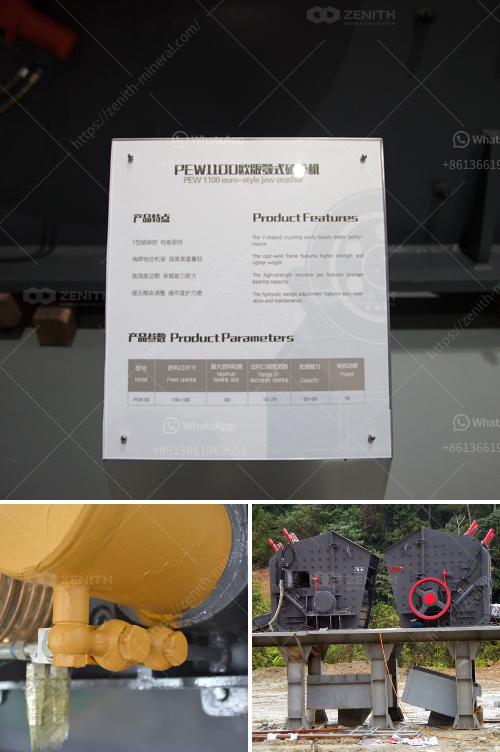Calculating the processing capacity of a mill involves understanding various factors such as the type of mill, the material being processed, and operational parameters. Here's a basic outline to help you calculate the processing capacity:
Identify Mill Type and Specifications:
Material Properties:
Operational Parameters:
Calculate Volume:
Determine Bulk Density of Material:
Calculate Processing Capacity: For practical applications, empirical formulas are often used based on mill type and operational conditions. However, a general approximation can be:
The operational efficiency factor accounts for operational losses, typically ranging from 0.5 to 0.8, depending on the mill's efficiency.
Fine-tuning:
Mill Specifications:
Material Properties:
Operational Parameters:
Processing Capacity:
Always consult with process engineers and consider manufacturer data for precise calculations, as empirical adjustments and specific mill configurations can significantly influence the capacity.

